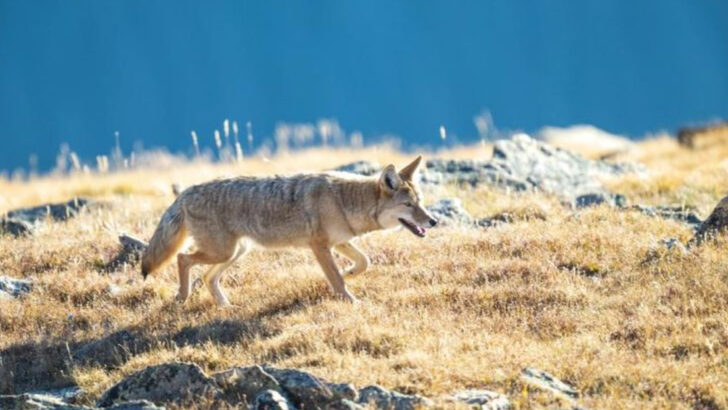Coyotes aren’t just howling in the distance anymore—they’re showing up in your backyard. From city parks in Chicago to beach towns in Florida, these clever canines are pushing into new territory like they own the place. And they kind of do. They’re bold, smart, and completely unfazed by traffic, fences, or human schedules. Some people spot one and grab a camera. Others grab the cat. But whether you see them as pests or survivors, one thing’s clear: coyotes are spreading fast—and your state might be next. These 13 states aren’t just seeing a few wandering loners. They’re becoming home base. And that shift could change how we walk our dogs, raise our chickens, and sleep at night.
California
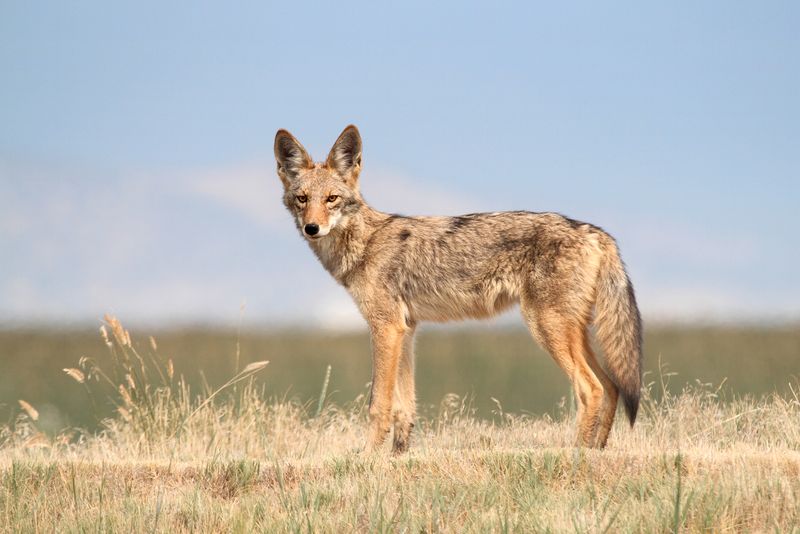
Coyotes are charismatic creatures that have increasingly made California their home. With its varied landscapes, from dense forests to urban areas, California offers the perfect habitat. Residents often spot them in suburban areas, where they search for food and shelter.
Interestingly, the adaptability of coyotes allows them to thrive amidst human developments. They’ve become a common sight in places like Los Angeles. Understanding their behavior and securing trash and pets is essential.
A historical fact: Coyotes once primarily inhabited open plains but have now become true city dwellers.
Texas
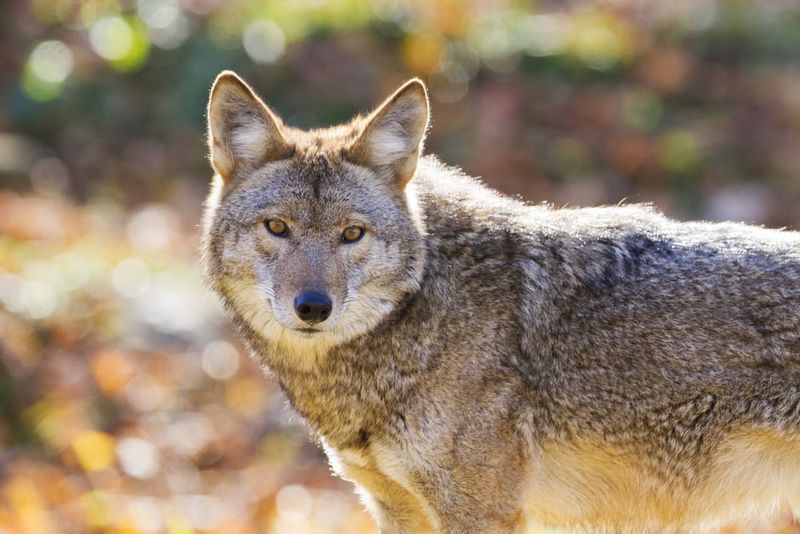
In Texas, the wide-open spaces provide an ideal environment for coyotes. They roam freely across the prairies and ranchlands, becoming an integral part of the ecosystem. Coyotes play a crucial role in controlling rodent populations, benefiting agriculture.
Landowners often hear their distinctive howls at dusk. However, their presence can sometimes lead to livestock predation, requiring effective management strategies.
Fun fact: In Texas folklore, the coyote is often seen as a trickster, symbolizing cunning and adaptability.
Arizona

Arizona’s desert landscapes are a natural playground for coyotes. Their presence is a common sight in areas like Phoenix and Tucson. Coyotes adapt well to the harsh desert conditions, showcasing remarkable resilience.
Residents have adapted by securing small pets and being mindful of food waste. Coyotes’ ability to survive in such climates is a testament to their adaptability.
Did you know? The coyote’s keen sense of hearing helps them locate prey even in tough desert conditions, making them successful hunters.
Colorado
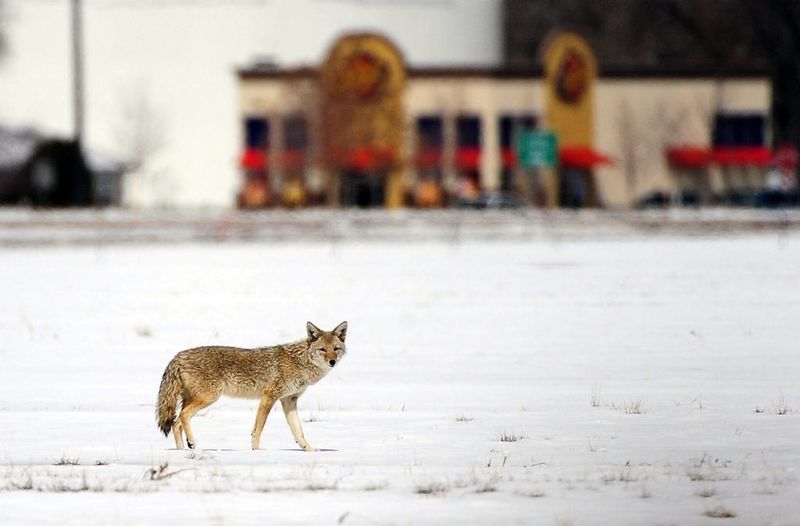
In Colorado, coyotes have expanded their range from rural areas to mountainous regions. Their presence is now familiar across the state, from Denver to the Rockies. Coyotes thrive in these diverse environments, showcasing their adaptability.
However, their expansion means residents must be cautious with pets, especially in winter. Coyotes are opportunistic and may scavenge for food near human settlements.
An interesting tidbit: Coyotes are often seen engaging in playful behavior, which is thought to strengthen social bonds within packs.
Florida
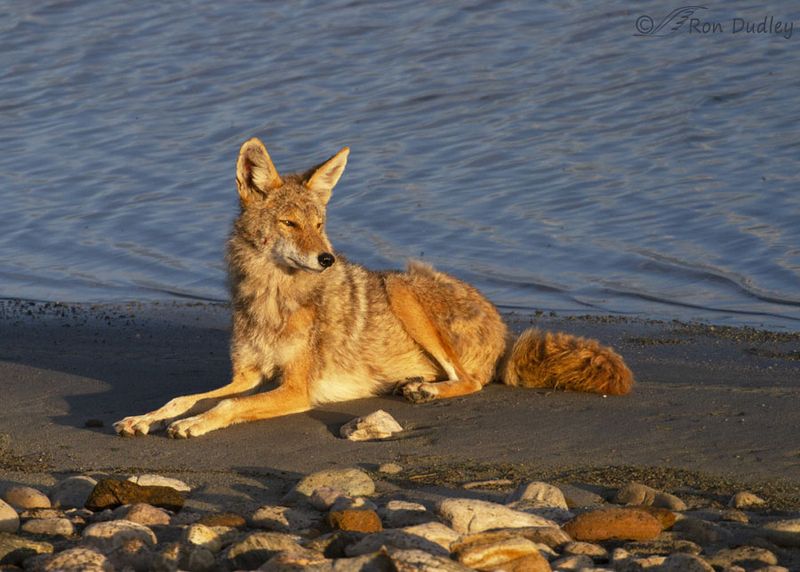
Florida’s warm climate and diverse ecosystems have attracted coyotes to the state. They are now commonly found in both rural and urban areas, mingling with other wildlife. The abundance of food sources, from rodents to refuse, makes Florida an attractive habitat.
Coyotes are known for their nocturnal activity, often heard howling at night. This has raised concerns among residents about pet safety.
Did you know? Coyotes have been known to swim short distances, showcasing their versatile survival skills in diverse environments.
Illinois
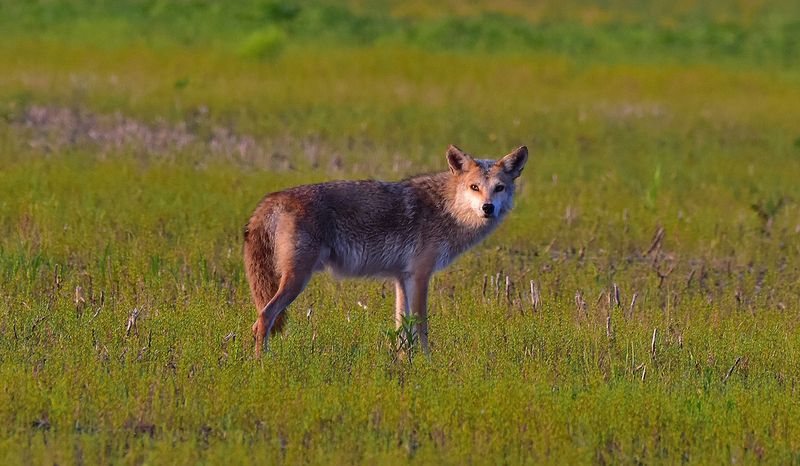
In Illinois, coyotes have become a common sight in both rural and suburban areas. Their expansion into regions like Chicago highlights their adaptability to urban settings. Coyotes are often seen roaming golf courses and parks, searching for food.
Residents have adapted by modifying their waste disposal practices to deter coyotes from scavenging. It’s a balancing act to ensure coexistence.
Fun fact: Coyotes can run up to 40 mph, allowing them to cover large territories and evade threats swiftly.
New York
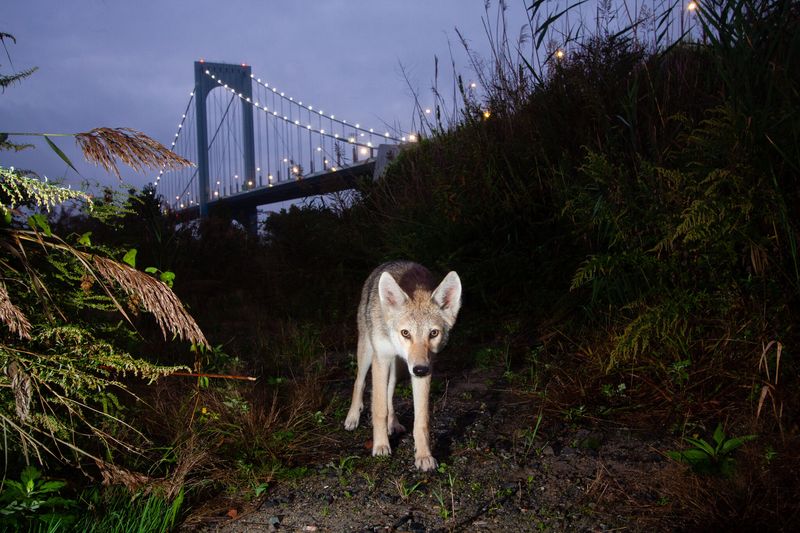
Coyotes have made their way into New York, with sightings reported even in suburban neighborhoods. They roam the woodlands and urban parks, making them a familiar presence.
Residents are often reminded to secure garbage bins and keep pets indoors at night. Coyotes’ intelligence and adaptability have helped them thrive in diverse environments.
An intriguing fact: Coyotes have been known to form unlikely alliances with other animals, such as badgers, to aid in hunting.
Ohio
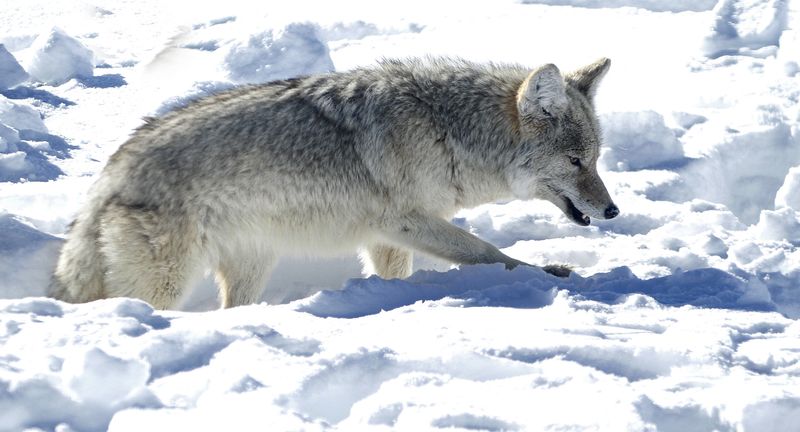
Ohio’s mix of forests and open fields provides an inviting habitat for coyotes. Their presence is noted in both rural and urban areas, leading to increased awareness among residents.
Coyotes are skilled at exploiting new environments, often seen near residential areas at dawn or dusk. Understanding their habits helps mitigate potential conflicts.
Did you know? Coyotes communicate using a range of vocalizations, including howls, barks, and yips, which can travel long distances.
Michigan
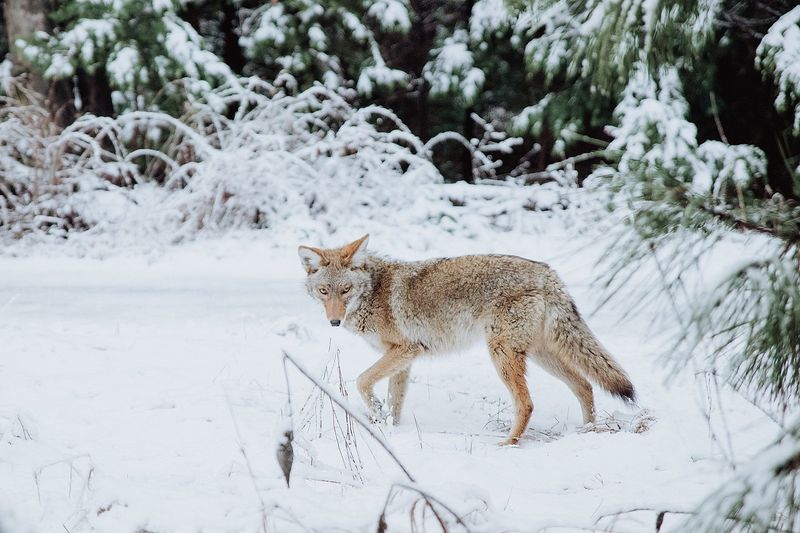
In Michigan, coyotes are known for their resilience in harsh winter climates. They have expanded their range across the state, becoming a common sight even in urban settings.
The coyote’s thick fur provides insulation against cold temperatures, allowing them to hunt effectively year-round. Residents have learned to coexist by securing food sources and monitoring small pets.
Fun fact: Coyotes have been observed forming family groups, where older siblings help care for the young, highlighting their strong social structure.
Georgia
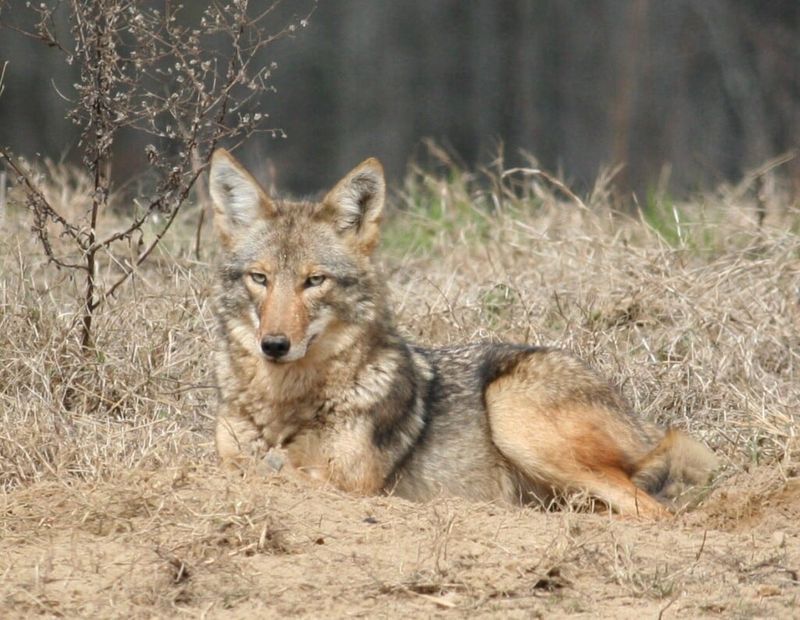
Georgia’s varied terrain, from mountains to plains, has seen a steady rise in coyote populations. Their adaptability allows them to thrive in both rural and urban settings.
Coyotes have become a part of the local ecosystem, playing a role in controlling small mammal populations. However, their expansion has led to increased awareness among residents about pet safety.
An interesting note: Coyotes are highly vocal animals, often engaging in chorused howling sessions, which can be heard echoing across the landscape.
Pennsylvania
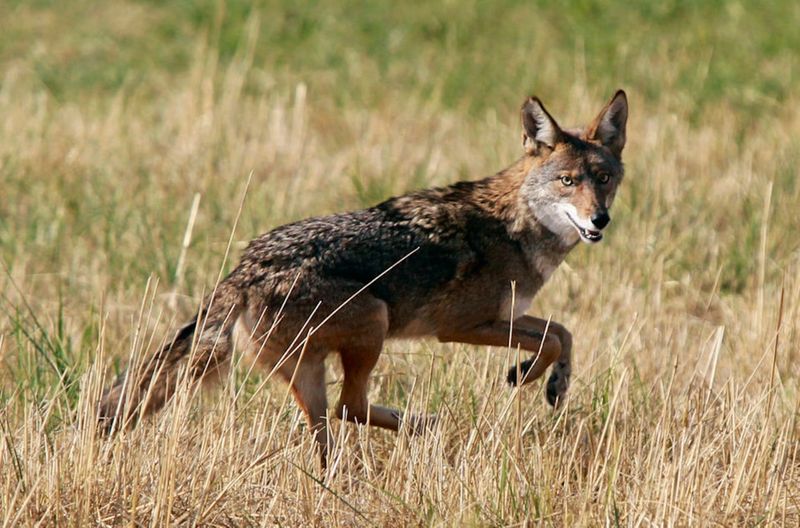
Pennsylvania’s lush forests and open areas have become home to a growing coyote population. They are adaptable hunters, often seen near farms and rural communities.
Residents have been educated on ways to reduce potential conflicts, such as securing livestock and garbage. Coyotes’ presence in the area is a testament to their ability to adapt to human-altered landscapes.
Did you know? Coyotes are capable swimmers, often crossing rivers to expand their territories, showcasing their resourcefulness.
Oregon
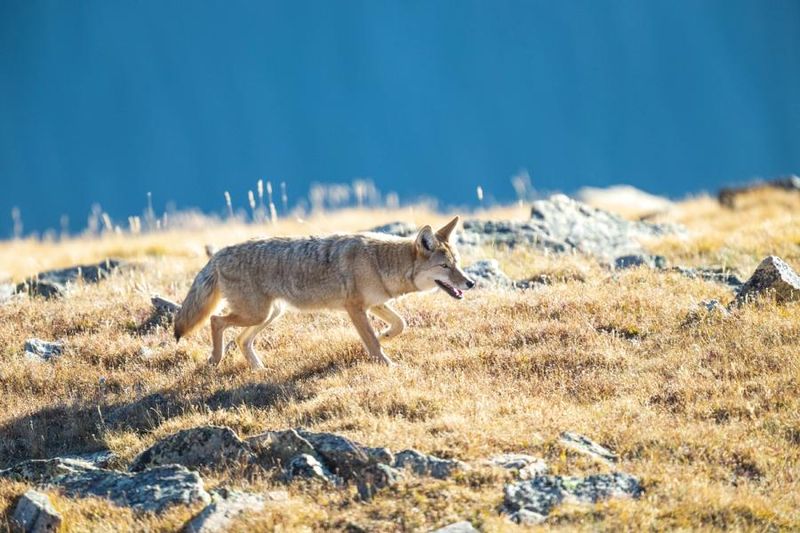
Oregon’s diverse landscapes offer a rich habitat for coyotes. From coastal areas to mountainous regions, they are widespread across the state. Coyotes are often seen exploring suburban neighborhoods, drawn by the availability of food.
Residents have adapted by implementing measures to protect pets and secure waste. The coyote’s keen sense of smell aids them in locating food sources efficiently.
Fun fact: Coyotes are known for their keen intelligence and problem-solving skills, often finding clever ways to access food in urban environments.
Virginia
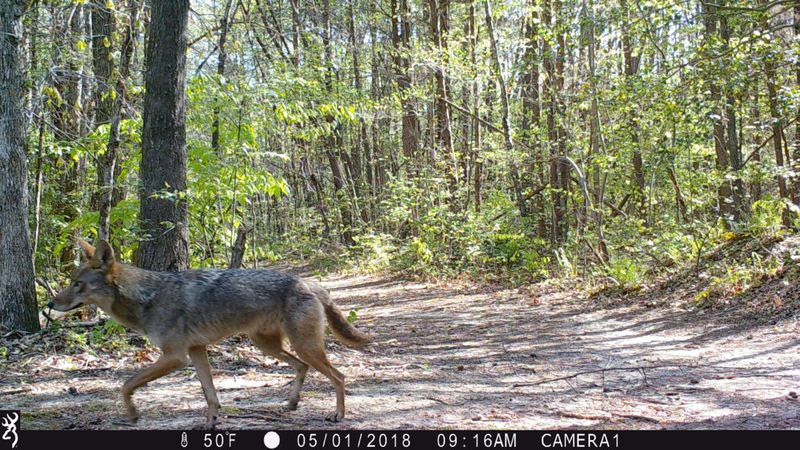
Virginia’s scenic landscapes have witnessed an increase in coyote populations. They are now a familiar presence in both rural and suburban areas. Coyotes play a critical role in maintaining ecological balance, controlling small mammal populations.
Educating residents about coexistence strategies, like securing food sources, has been essential. The coyote’s adaptability allows them to thrive in diverse environments.
An interesting fact: Coyotes have a unique ability to adapt their vocalizations based on their environment, allowing them to communicate effectively in different settings.

